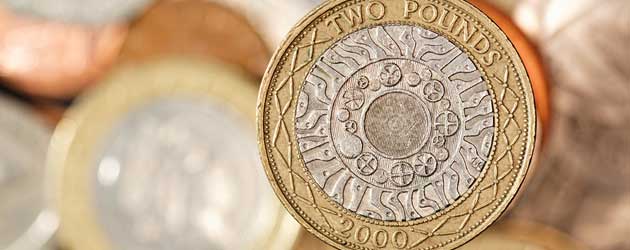
The Pound to Australian Dollar exchange rate (GBP/AUD) rallied by around 3.0 cents earlier this morning as investors mulled over the latest Reserve Bank of Australia Minutes report.
The Minutes from the meeting on August 6th, where the RBA cut its benchmark rate by 25 basis points from 2.75% to 2.50%, suggest that the Australian Central Bank is planning to slash rates further in the future but not for a little while. The RBA said:
“Members agreed that the bank should neither close off the possibility of reducing rates further, nor signal an imminent intention to reduce rates”.
Whilst the Minutes did not give a clear indication of when the next rate cut will take place the unusually blunt language led markets to believe that the latest cut, which was the 8th since late 2011, will not be the last in the RBA’s current easing cycle. The Central Bank noted:
“The board would continue to examine the data over the months ahead to judge whether policy was appropriately configured”. However, it was particularly telling that the exchange rate was explicitly mentioned as an central factor behind future policy decisions: “the course of the exchange rate would be important”. This suggests that the RBA is attempting to bring the Australian Dollar lower against its major currency rivals in order to improve the competitiveness of the nation’s exports.
The Sterling / Australian Dollar exchange rate (GBP/AUD) has already fallen by over 25 cents since April but it seems that, with investment from China continuing to wane and mining output projected to deteriorate as a consequence, the RBA intends to foster growth in Manufacturing Production by weakening the domestic currency, thus making Australian Dollar-denominated products cheaper for foreign buyers.
In the immediate aftermath of the RBA Minutes announcement the ‘Aussie’ rallied momentarily as no further easing was directly signalled, but within 15 minutes GBP/AUD resumed its upward bias and completed its 3.0 cent rise from 1.6970 to 1.7270.
Since the beginning of the week the Australian Dollar has also fallen by 1.5 cents against the US Dollar – touching a 3-year low in the process – 2.7 cents against the Euro, 1.7 cents against the Japanese Yen, and 1.2 cents against the Canadian Dollar.
The New Zealand Dollar followed its Antipodean currency counterpart lower this morning as the Reserve Bank of New Zealand announced plans to half the number of mortgages that banks will be able to approve to buyers with deposits below 20%. Currently 30% of new loans are going to buyers with low equity deposits but the new measures should curb this figure down to around 15%. The tight macro-prudential policy aims to cool down the housing market and means that an interest rate hike is far less likely at this juncture.
The RBNZ said that the introduction of new limits would give the Central Bank “greater flexibility in considering the timing and magnitude of any future increases to the OCR”. The Pound to New Zealand Dollar exchange rate (GBP/NZD) is around 3.5 cents higher than at the start of the week, due to the negative implications of the lending limits.

Comments are closed.